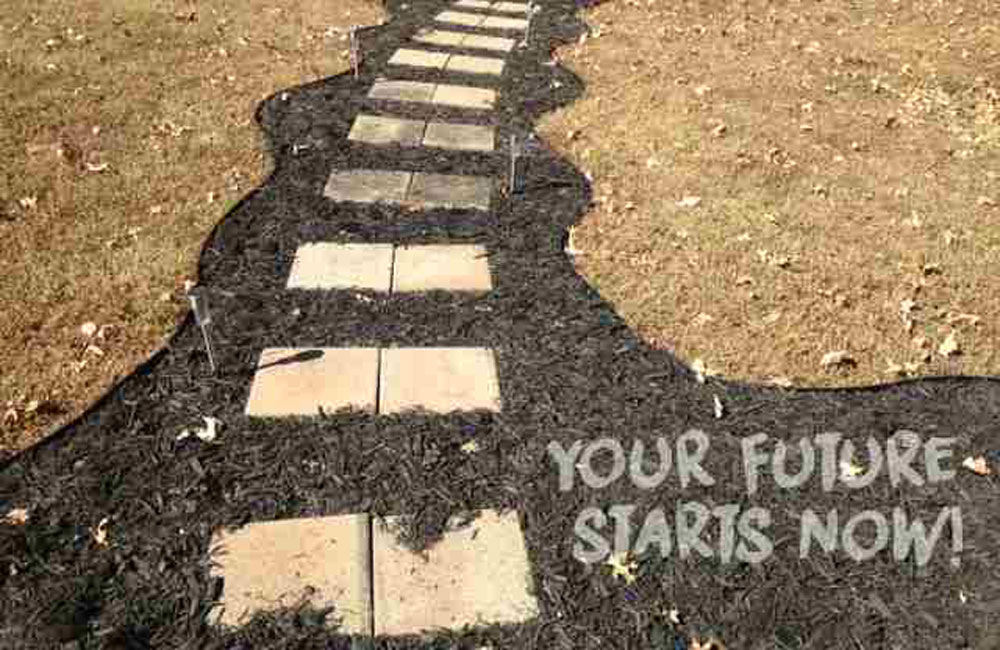
Now, more than ever, we are called upon to move beyond our frameworks, as even those where some may have found comfort no longer work. For others, many of us, they have never really worked. We have contorted around them, learned to survive them, and, if lucky, to thrive in spite of them. We may even have been immersed in alternative frameworks, some of which long ago predicted our current reality.
A case in point is the visionary work of design theorist Tony Fry. In Design as Politics (published 10 years ago), he argues that we are living in structural unsustainability, a time when the damage humans have wrought on earth exceeds the planet’s ability to recover. He describes four core features of structural unsustainability. The first is unsettlement, where being and being-in-place become perpetually insecure. After a time of settled human living, the failure of systems pushed to the brink of inequality and climate crisis is ushering a new period of nomadic living. The most visible example of this is the rapid growth of refugees. By 2050, experts estimate 200 million refugees worldwide. This redistribution of the population is leading to an increase in conflict and militarized borders, and a change in the human psyche towards increased anxiety.
The second feature is pragmatism, where solutions are overwhelmingly geared towards the small and short-term. There is a focus on progress, when what we need is what philosophers Gilles Deleuze and Félix Guattari call new “lines of flight”: that which escapes current structures. In fact, the main argument in Fry’s book is that liberal democracy cannot solve the crisis of structural unsustainability because it is essentially pragmatic. He urges us not to think of democracy as the most advanced social order and to instead evolve beyond it.
The third feature, instrumentalism, is the impression that every problem has a solution and technology will eventually solve it. But technology will not solve the problem because it is essentially anthropomorphic, or human-centered (though it is fast moving beyond humans)—and captured by elites. It is exactly this humanism that humans must overcome. Humans must evolve beyond being entitled to human rights to becoming responsible for the world. This is something that would reshape our technologies, not be reshaped by them.
The fourth feature of structural unsustainability is de-relationality, or disconnection, the rupturing of relationships between beings and things. At the core of this is human disconnection from nature. Humans have created a social world within the natural world that is not based on the laws of that natural world. Further, humans form and develop through our relationships, being is relationality. So, cultures and systems based on disconnection are not sustainable.
Sign up for our free newsletters
Subscribe to NPQ's newsletters to have our top stories delivered directly to your inbox.
By signing up, you agree to our privacy policy and terms of use, and to receive messages from NPQ and our partners.
Fry proposes a solution he calls SUSTAINMENT, a new social order based on prohibiting the unsustainable and designing for viable futures. For example, in his work he identifies two core pressing design issues as the need for rapidly constructed cities for shifting populations, and metrofitting, the redesign of existing cities as ecologies that can meet local needs. Sustainment requires not only a new political order beyond democracy, but a new political imaginary focused on equity. This includes a shift of focus from institutional politics, or centralized power, to all forms as political, or dispersed power. Sustainment is not just something we bring into being, but something we become.
There are two approaches to Sustainment: creation of new forms and redirection of existing forms. The creation of new forms is the work of creatives. These are the people who will create the new political imaginaries and forms, who will remake the givens. In essence, they are creating a new culture of Sustainment as sovereign—that which decides the exception, is above the law, is non-negotiable. This design beyond limits is challenging and even dangerous work that shifts not just what is made, but the maker. Very few people will take it on. However, it only takes a critical mass of sufficient energy to make a difference.
However, most of the work of Sustainment is redirection, which requires recoding. Fry writes, “While it is impossible to redesign everything that is already designed, within the project of redirection of ‘what (already) is’ it is possible to disrupt the identity of a thing dramatically to transform what it means (and in doing so, effectively redirect its status, value and use).” (48) The other major force of redirection is relearning—or learning to learn. We must become better at learning.
Sustainment is design as agency. Fry argues that the large-scale social change that is critical now—besides not being solvable through democracy—cannot rely on a massive shifting of consciousness. Instead, what some might call his “theory of change” is that the work of shifting consciousness, at the scale and in the time required, is best achieved by the intentional creation of “new forms of social, economic, political and cultural action in the everyday to deliver new modes of conduct and professional practice.” (103) Forms shape culture, which in turn shapes consciousness. The three main forms are performativity (the creation of subjectivity), semiotics (the production of meaning), and materials (the development of practices and things).
The development of new forms that usher in a new social order requires a commitment to designing for sovereignty. This is a two-part process. It not only demands learning how to make something a given, non-negotiable; it also demands that we, as designers, practice being sovereign, possessing the ultimate power to create the world we desire. Thus, the three core design questions in designing for sovereignty are:
- What does it take to remake sovereignty by design?
- What is there to remake?
- How does the sovereign become sovereign?













